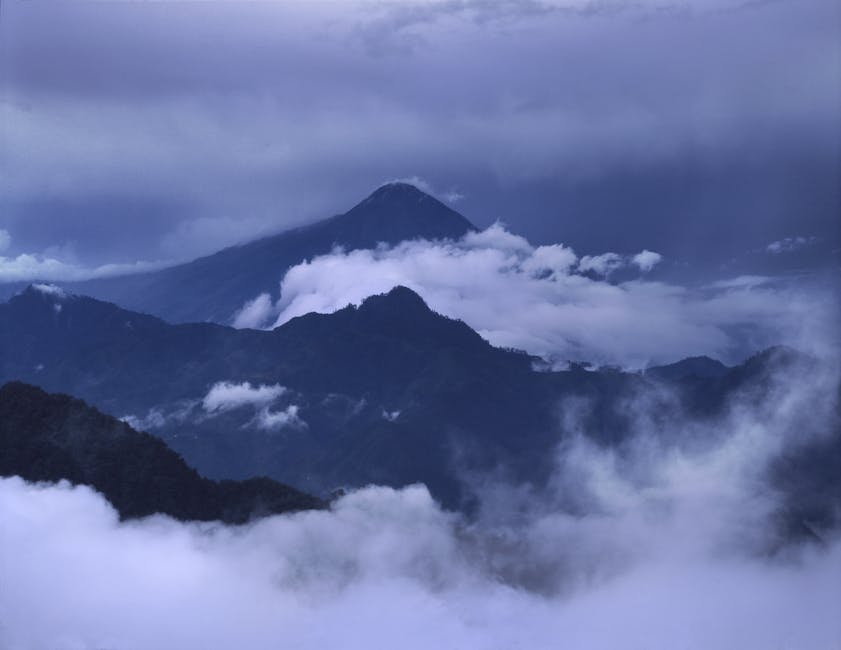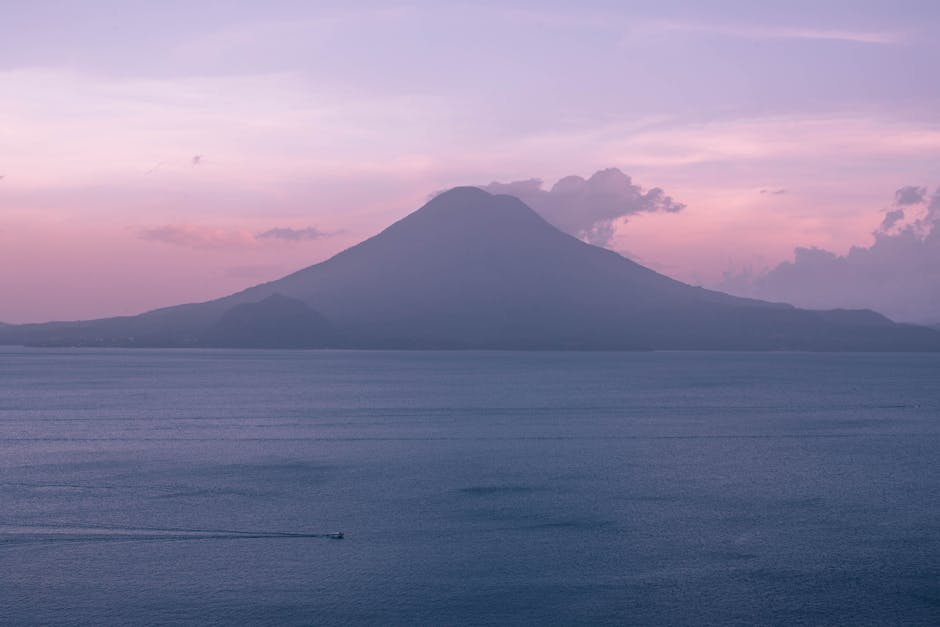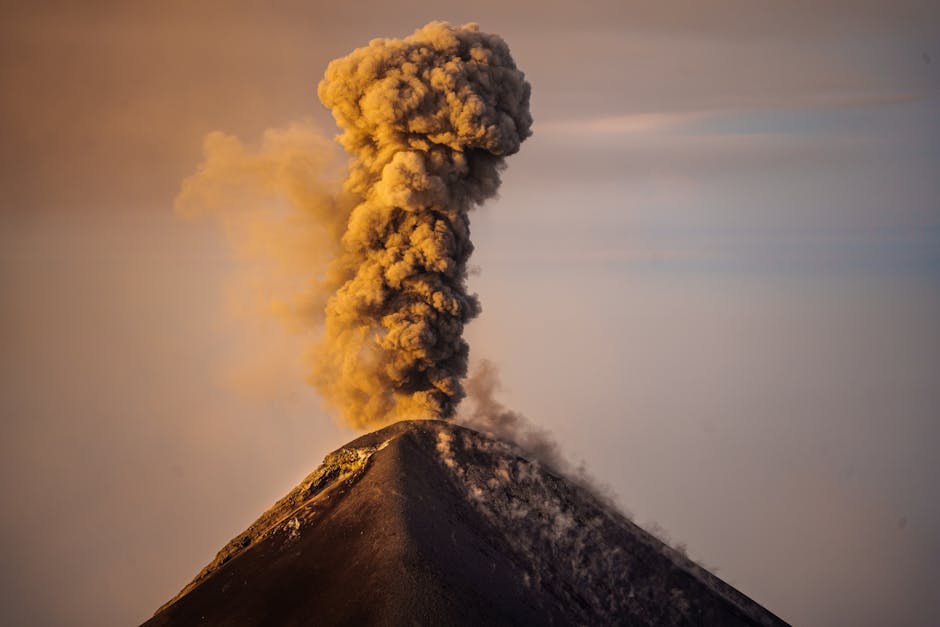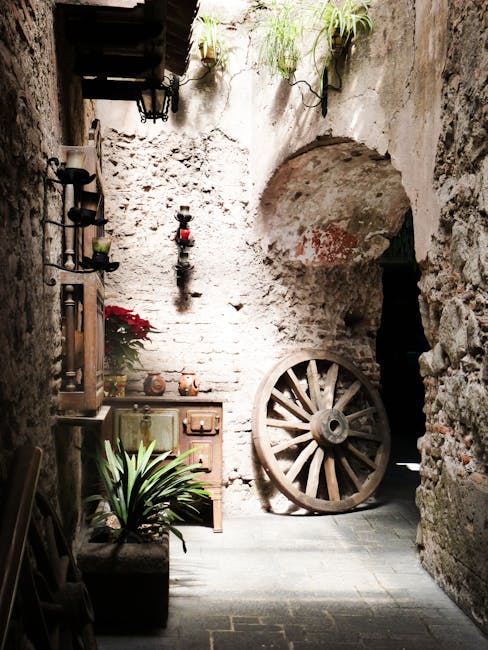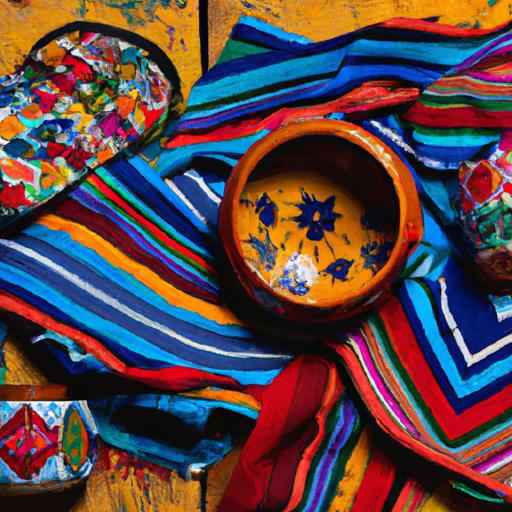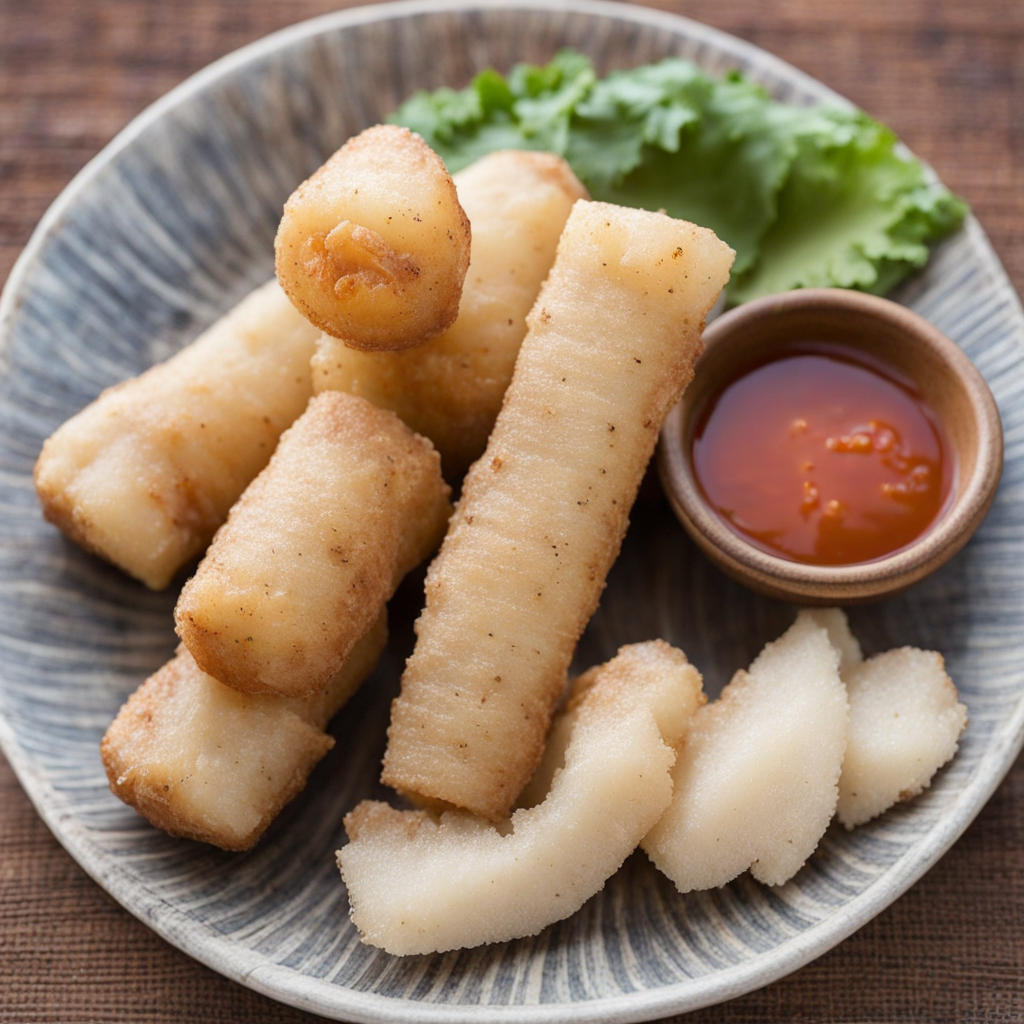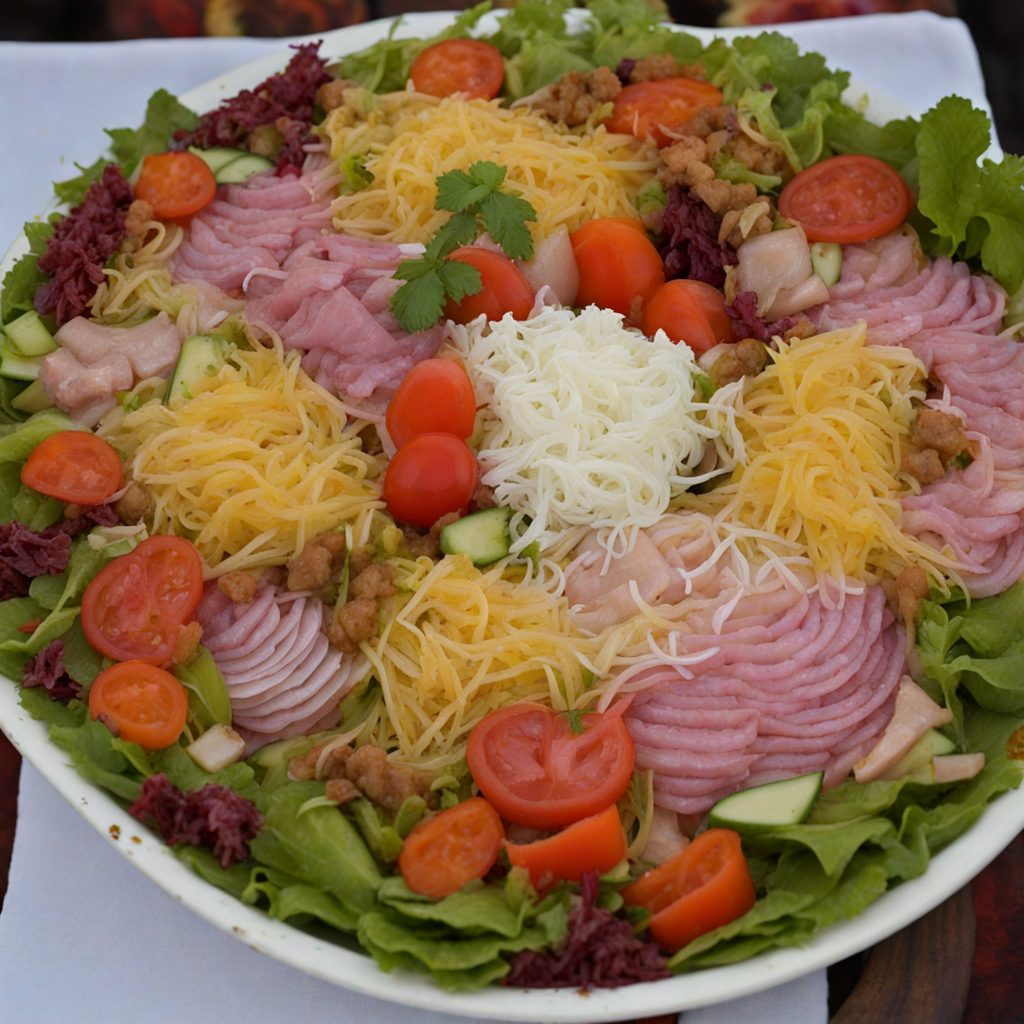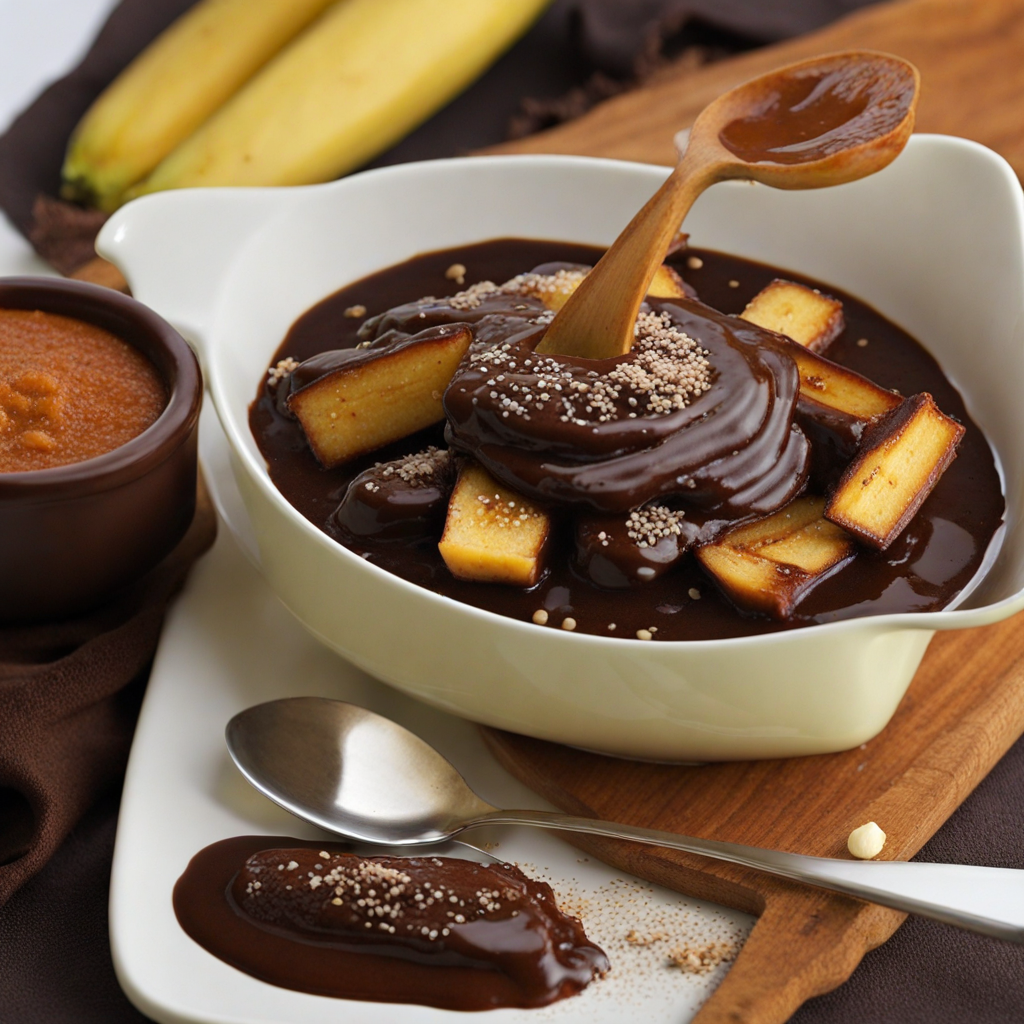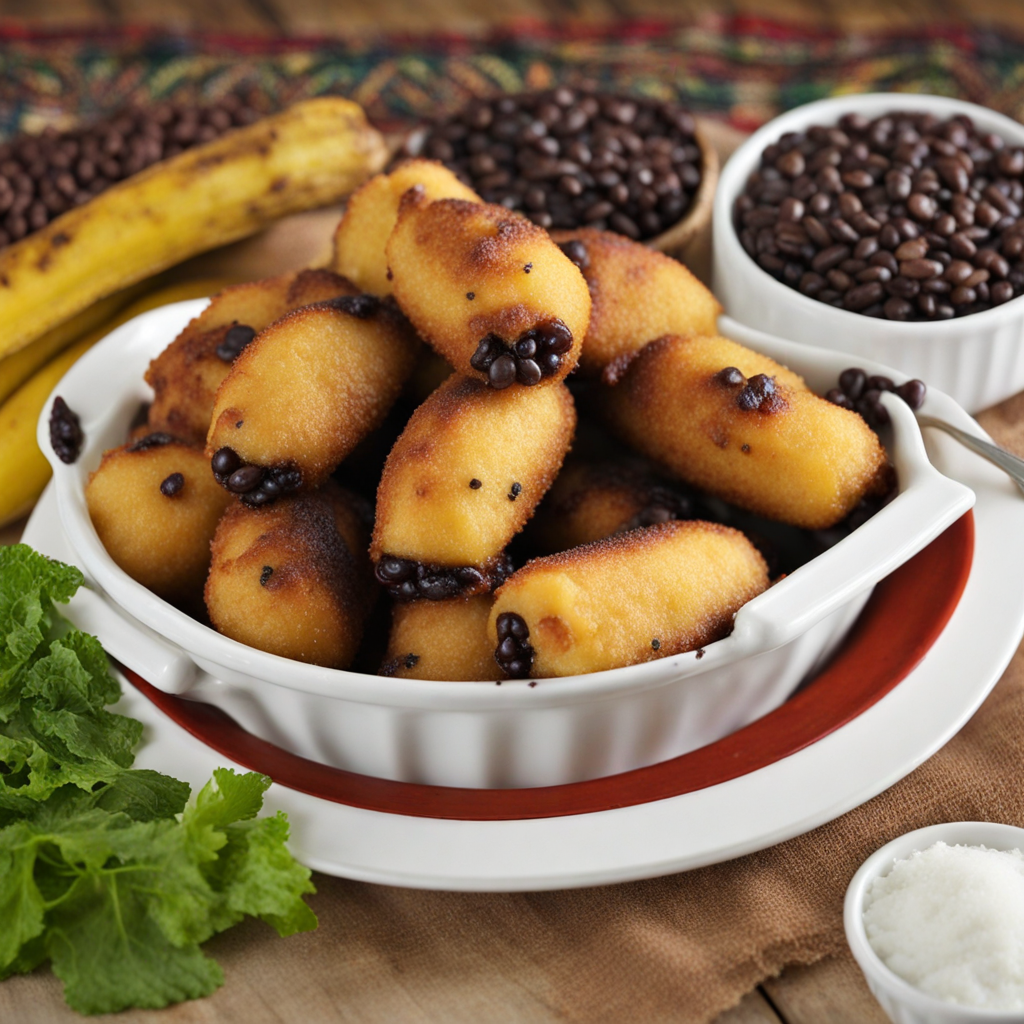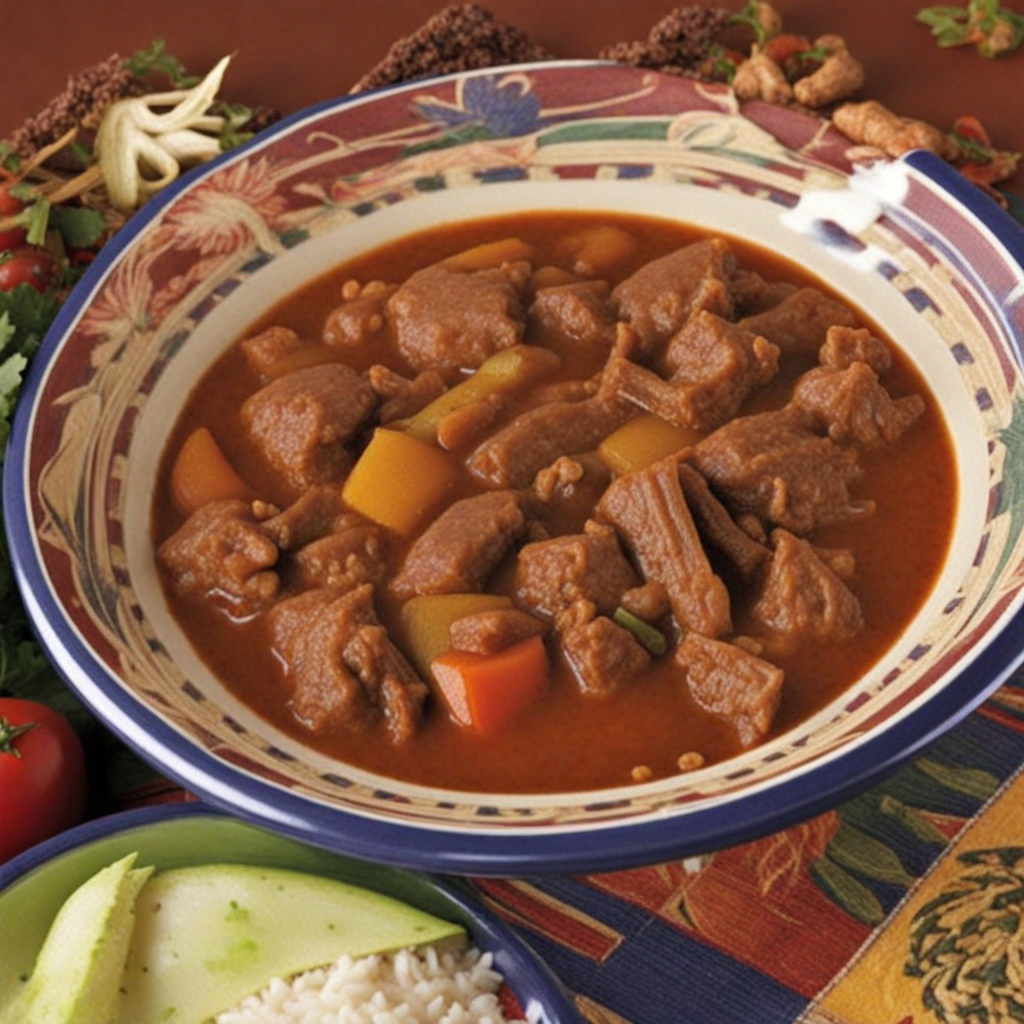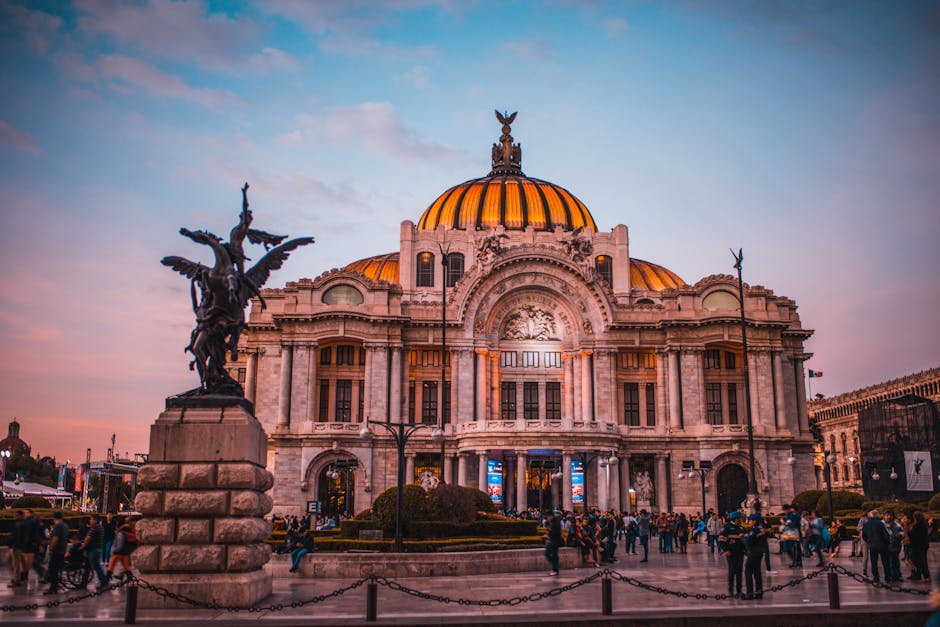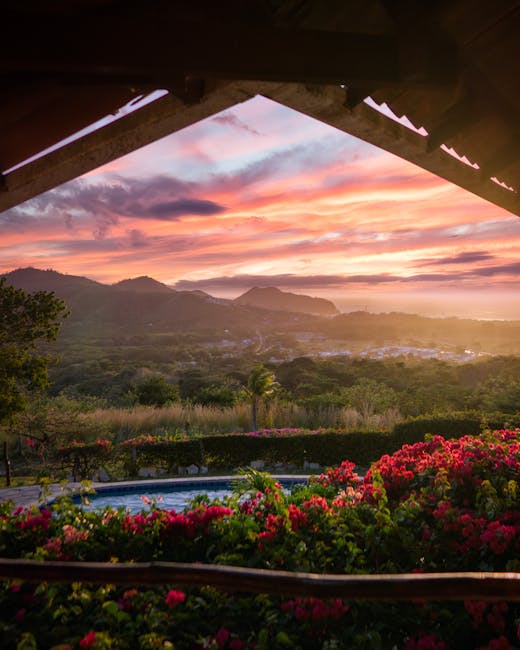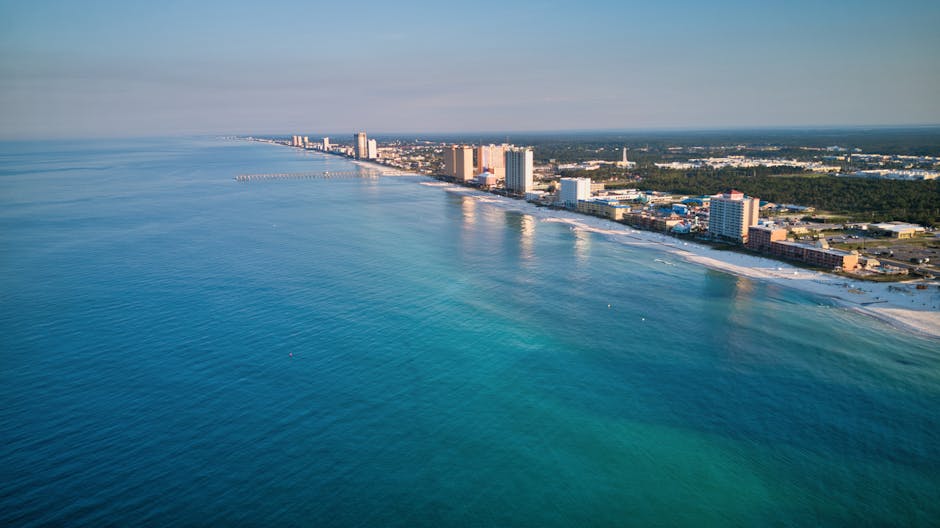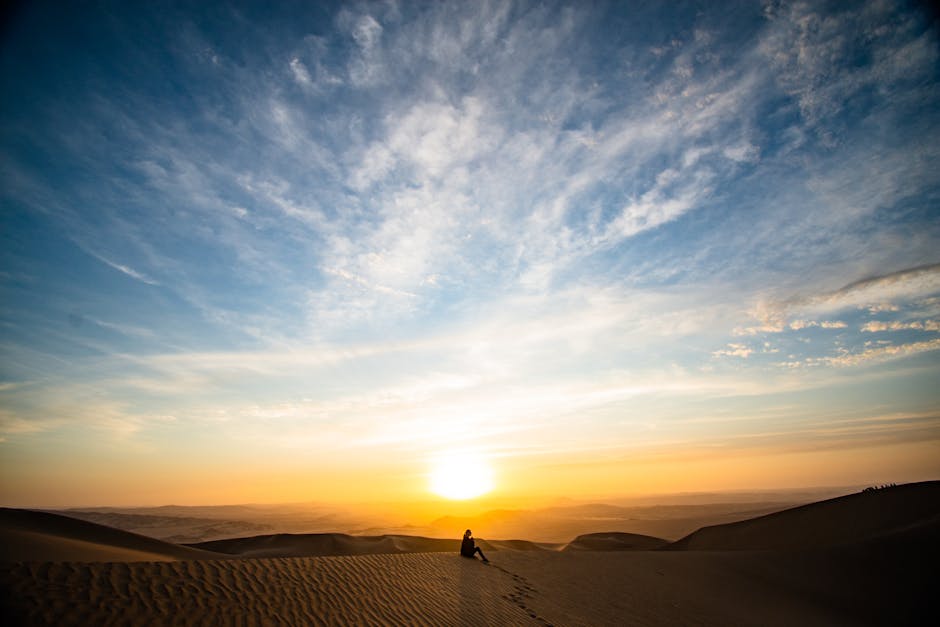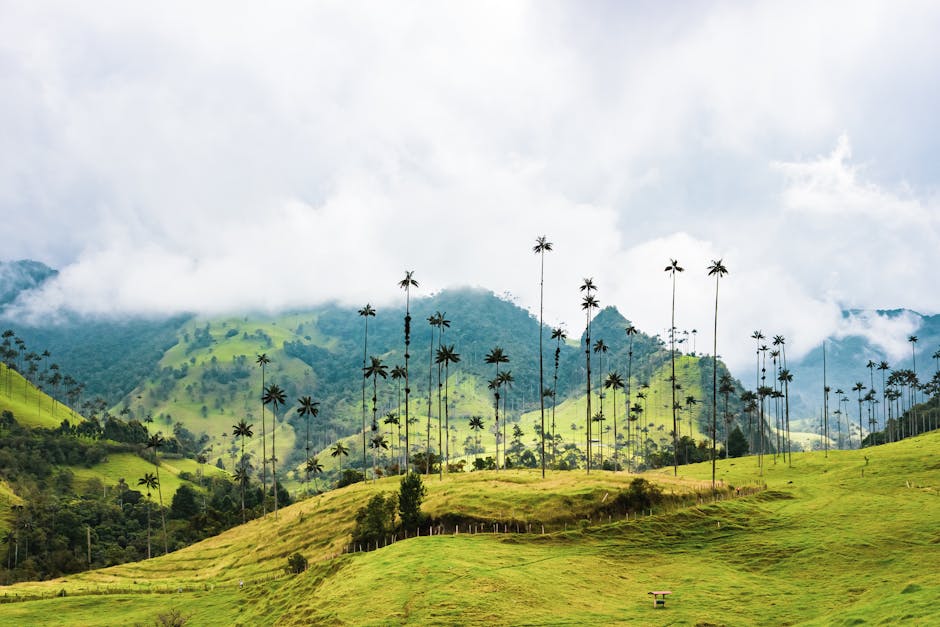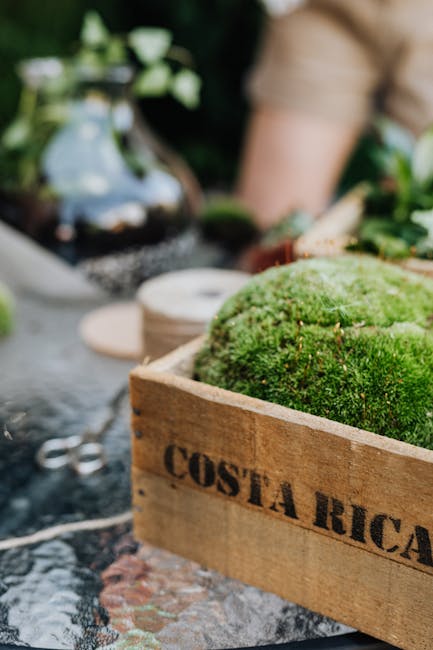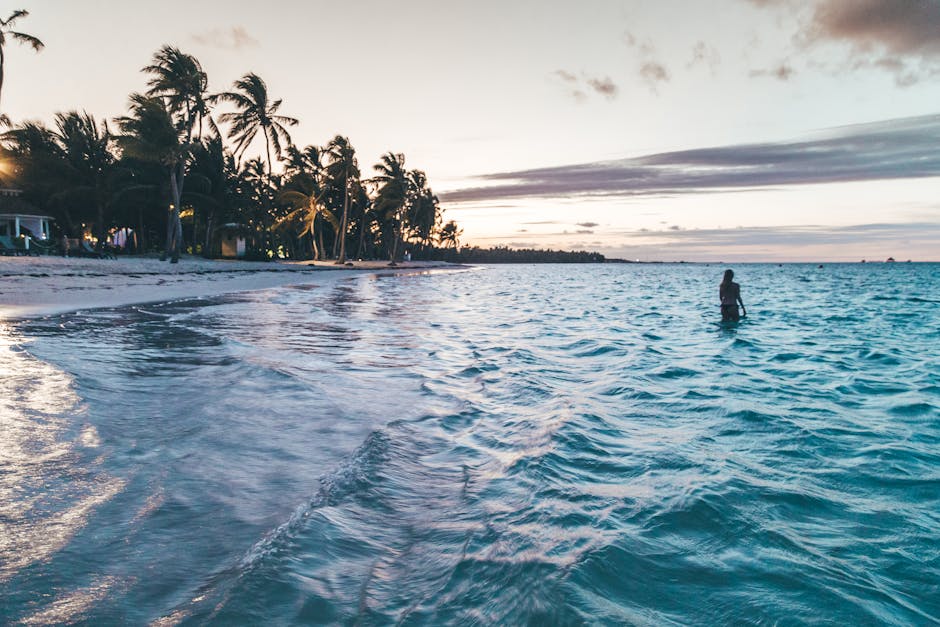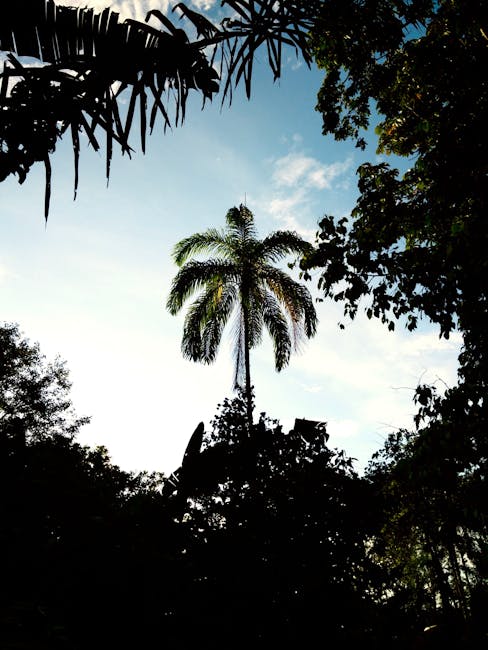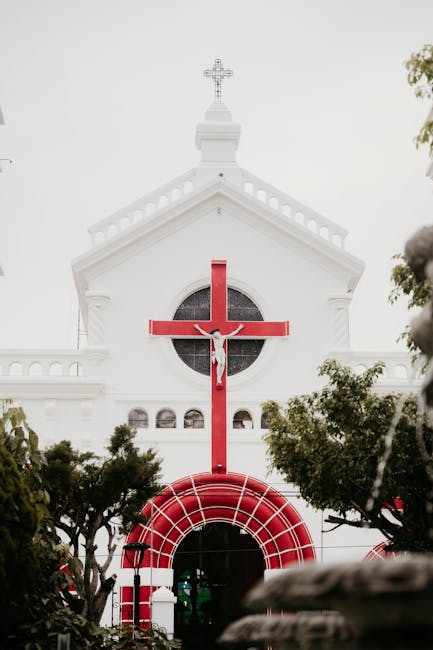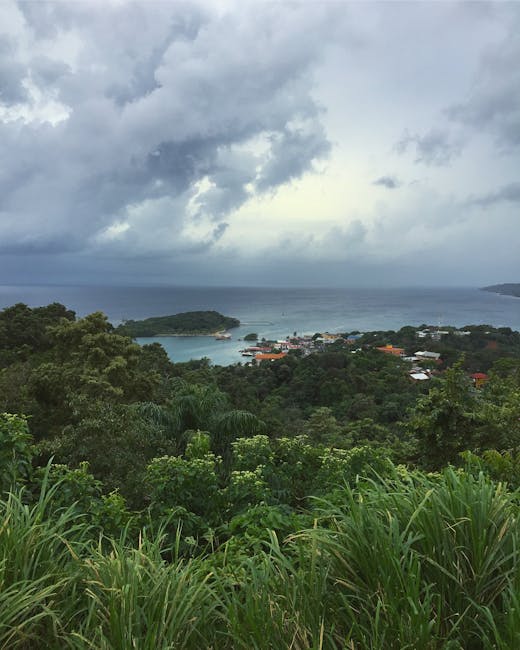Guatemala
Overview
Guatemala, located in Central America and known as the "Land of Eternal Spring," is a country rich in culture, history, and natural beauty. It's recognized for its well-preserved Mayan heritage, with ancient ruins like Tikal and Yaxha that offer a glimpse into the past. The country's culture is a unique blend of Spanish and Mayan influences, reflected in its music, cuisine, and colorful textiles. Guatemala's distinctiveness is also seen in its diverse landscapes, from volcanic mountains and lush rainforests to beautiful lakes and bustling cities like Guatemala City and Antigua, a UNESCO World Heritage site.
The high season for tourism in Guatemala is during the dry season, which runs from November to April. The weather during this time is pleasant, with warm days and cooler nights. This is the best time to explore outdoor activities such as hiking up volcanoes like Pacaya or Acatenango, visiting coffee plantations, exploring the beautiful Lake Atitlan, or wandering through the vibrant markets in Chichicastenango. The Seman Santa (Holy Week) celebrations in Antigua are a must-see during April, where the streets are adorned with vibrant carpets made of colored sawdust, flowers, and fruits.
Before visiting Guatemala, teenagers should take some time to research and understand the customs and traditions of the country. It's beneficial to learn a few basic phrases in Spanish, as English is not widely spoken outside tourist areas. Make sure to pack lightweight clothing for the warm days and a jacket or sweater for the cooler nights. Also, packing a good pair of hiking boots is essential if you plan on exploring the country's stunning natural landscapes. It's advisable to take necessary precautions regarding food and water consumption and to stay updated with routine vaccines before traveling. Lastly, always respect the local customs, keep an open mind, and be prepared for an unforgettable adventure in Guatemala.
A Glimpse into the Past
Nestled in Central America, Guatemala is a country rich in cultural heritage and history, marked by the ancient civilization of the Maya and a tumultuous colonial and modern era. It offers travelers a unique tapestry of landscapes, from volcanic peaks to lush rainforests, alongside vibrant indigenous cultures and colonial architecture.
The ancient history of Guatemala is dominated by the Maya civilization, which flourished from approximately 2000 BC until the Spanish conquest in the 16th century. The Maya were remarkable in their achievements in mathematics, astronomy, and architecture. Visitors can explore the impressive ruins of Tikal, a UNESCO World Heritage site, located in the northern region of Petén. Tikal boasts towering pyramids, temples, and a rich biodiversity, making it a must-visit for history enthusiasts and nature lovers alike.
Another key archaeological site is Quiriguá, famous for its intricately carved stelae that depict the achievements of the Maya rulers. Quiriguá is also a UNESCO World Heritage site and offers a glimpse into the artistic and political prowess of the Maya civilization.
Guatemala’s colonial era began when the Spanish, led by Pedro de Alvarado, conquered the region in the early 16th century. The capital was moved from the highlands to Antigua Guatemala in the 1540s, a city that became a bustling colonial hub. Today, Antigua is renowned for its well-preserved Spanish Baroque architecture and cobblestone streets, making it one of the most popular destinations in the country. Travelers can explore La Merced Church, Santa Catalina Arch, and the ruins of several convents and churches that showcase the colonial legacy.
The colonial period also brought about significant cultural changes, including the introduction of Catholicism, which blended with indigenous beliefs. This syncretism is evident in the vibrant local festivals, such as the Semana Santa (Holy Week) in Antigua, where elaborate processions and colorful carpets of sawdust adorn the streets.
As the 19th century approached, Guatemala began to experience political unrest. The liberal reforms of Justo Rufino Barrios in the mid-1800s aimed at modernization and economic development but led to conflicts with conservative factions. These tensions culminated in the 1954 coup d'état, orchestrated by the CIA, which overthrew the democratically elected president Jacobo Árbenz. His land reform policies had threatened the interests of United Fruit Company, an influential American corporation.
The coup plunged Guatemala into decades of civil war, lasting from the 1960s to 1996. This brutal conflict resulted in the deaths of over 200,000 people and widespread human rights abuses. The Guatemalan civil war is a poignant chapter in the nation’s history, reflected in the memorials and museums dedicated to the victims. The Museo de la Memoria y los Derechos Humanos in Guatemala City serves as an important site for understanding the impact of the war and the ongoing struggle for justice.
Despite the scars of the past, Guatemala has emerged as a vibrant nation with a rich cultural landscape. The indigenous population, which constitutes about 40% of the country, continues to preserve its traditions, languages, and crafts. The colorful markets, such as those in Chichicastenango, offer a glimpse into the daily lives of the indigenous people. Here, travelers can purchase traditional textiles, pottery, and handicrafts, while experiencing the local customs that are still alive and thriving.
Lake Atitlán, surrounded by majestic volcanoes and quaint villages, is another highlight for travelers. This stunning lake is often considered one of the most beautiful in the world. Villages like San Juan La Laguna and Santiago Atitlán are home to vibrant indigenous communities where visitors can learn about traditional weaving and medicinal plants. A boat tour across the lake provides breathtaking views and an opportunity to engage with local cultures.
In addition to its natural beauty, Guatemala is also known for its culinary offerings. The cuisine is a flavorful fusion of indigenous ingredients and Spanish influences. Dishes such as pepian (a rich meat stew), kak'ik (a spicy turkey soup), and street food like tacos de pollo and elotes (corn on the cob) are must-tries for any visitor. Markets and food stalls offer a sensory experience that showcases the country’s culinary diversity.
The capital city, Guatemala City, is a bustling metropolis that contrasts sharply with the historical charm of Antigua. While often overlooked by tourists, the city has its own attractions, including the National Palace, Metropolitan Cathedral, and the Museum of Archaeology and Ethnology, which houses an extensive collection of Mayan artifacts. The lively neighborhoods, such as Zona 1, are filled with street art, local eateries, and vibrant markets that reflect the dynamic culture of urban Guatemala.
Guatemala is also home to numerous natural wonders, including active volcanoes such as Pacaya and Fuego. Hiking to the summit of Pacaya offers an exhilarating experience where visitors can witness flowing lava and stunning views of the surrounding landscape, while Fuego provides a more challenging trek with a rewarding sight of volcanic activity.
In the realm of ecotourism, Semuc Champey stands out as a natural paradise with its turquoise pools and limestone bridges. It is an ideal location for hiking, swimming, and exploring the surrounding caves, such as Grutas de Lanquín. This remote destination provides a chance to connect with nature in a setting that feels untouched by time.
As travelers explore Guatemala, it is essential to engage with local communities respectfully and to appreciate the rich tapestry of cultures that coexist within the country. Efforts to promote sustainable tourism are increasingly becoming a priority, ensuring that the natural and cultural heritage of Guatemala is preserved for future generations.
In summary, Guatemala is a destination where history, culture, and nature intersect. From the ancient ruins of Tikal to the vibrant markets of Chichicastenango and the breathtaking landscapes of Lake Atitlán, each corner of the country tells a story. The resilience and warmth of the Guatemalan people, coupled with their rich traditions, make it an unforgettable place for travelers seeking both adventure and insight into a complex past. Whether exploring the colonial gems of Antigua or hiking the slopes of an active volcano, Guatemala promises an enriching experience that resonates long after the journey ends.
Top cities for tourists in Guatemala
Discover the Famous Cities That Might Captivate Your Interests
Must-Try Foods You Can't Afford to Miss
Indulge in a Variety of Fantastic Foods During Your Stay in Guatemala
May Be Your Next Destinations
People often choose these countries as their next destination


